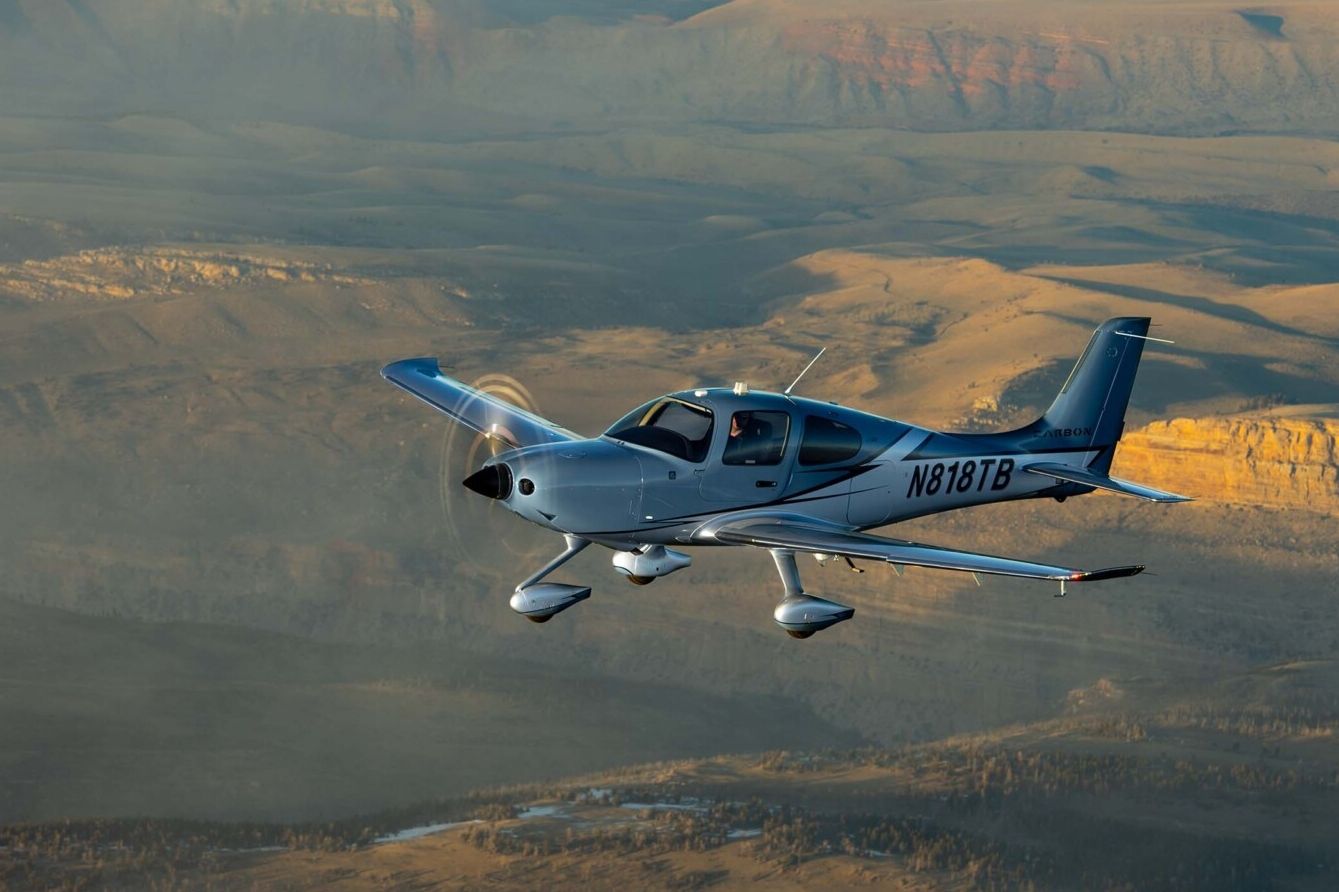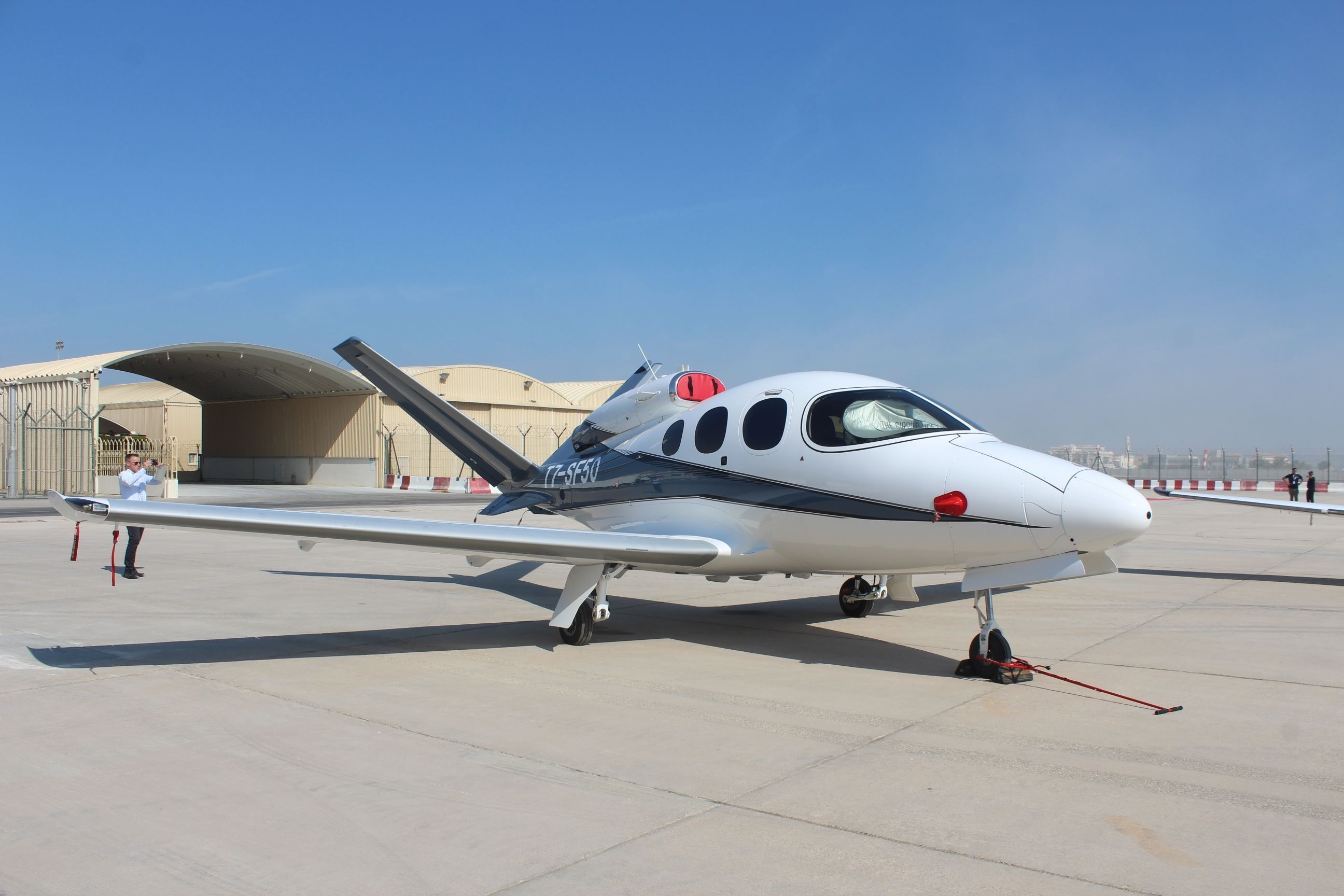Summary
- The Cirrus Airframe Parachute System (CAPS) is a revolutionary whole-airframe parachute safety feature for small aircraft travel.
- Originally designed in collaboration with BRS in the 1990s, CAPS allows pilots to deploy a parachute in critical situations.
- This innovative system has already saved 249 lives and provides a gentle descent for aircraft in emergencies.
Cirrus Aircraft stands out in the world of general aviation not only for the sleek design and advanced avionics of its planes, but also for a unique safety feature that has changed the landscape of small aircraft travel: the Cirrus Airframe Parachute System (CAPS).
A whole-airframe parachute system
The concept of employing a parachute for an entire aircraft has been present since the early days of aviation, with numerous attempts at design, though none proved practical or efficient.
In 1982, Ballistic Recovery Systems (BRS) took a groundbreaking step by initiating the production of parachutes designed for ultra-light aircraft. According to Cirrus Aircraft (via FLY ASG), a significant milestone occurred in 1993 when BRS developed a parachute system specifically for Cessna 150/152 aircraft.

The Plane With A Parachute: Cirrus Updates Its Popular SR Series
However, this add-on system posed challenges as it was expensive, heavy, and consumed valuable baggage space. Despite these innovations, achieving market success for the Cessna 150 BRS system proved challenging, partly due to limited promotion by the aircraft manufacturer.
Enter the CAPS
Introduced by Cirrus Aircraft in collaboration with BRS in the 1990s, the Cirrus Airframe Parachute System (CAPS) represents a paradigm shift in safety. The CAPS is an integrated safety net designed to be deployed in critical situations where traditional methods might fall short.
CAPS is a whole-plane parachute recovery system, designed for the manufacturer’s line of light aircraft, such as the SR20, SR22, and Vision SF50. The system was certified by the Federal Aviation Administration (FAA) in October 1998, and remains the first and only aircraft ballistic parachute to be used as standard equipment.
Whether facing an engine failure or encountering unforeseen challenges during flight, pilots have the option to activate the parachute system by simply pulling a handle in the cockpit. This action triggers a rocket that propels a parachute into the air, carrying the entire aircraft with it. The parachute deploys in a controlled manner, ensuring a gentle descent with wings level, ultimately lowering the aircraft safely back to the ground or water.
The CAPS in action
It’s no surprise that the deployment of a parachute for an entire aircraft is a unique and unconventional approach to safety in aviation. Yet, this ingenious safety feature has garnered attention and praise for its potential to mitigate the severity of emergencies. In fact, the New York Post reported that the CAPS has saved 249 lives so far.
In March 2023, a dramatic incident involving the CAPS on a Cirrus SR22 saved the lives of six people – including a three-year-old and newborn. Shortly after take-off from Pampulha Airport in Brazil, the plane suffered engine failure. Realizing there was insufficient glide range to return to the airport, the pilot decided to deploy the CAPS.

5 Incredible Features Of The Cirrus Vision Jet
This small airplane is packed with some truly astounding innovations.
This positive turn of events led to the SR22 gliding with the aid of its parachute before safely touching down without causing any harm to its passengers – proving that the CAPS is, without a doubt, an ingenious and effective safety feature.

